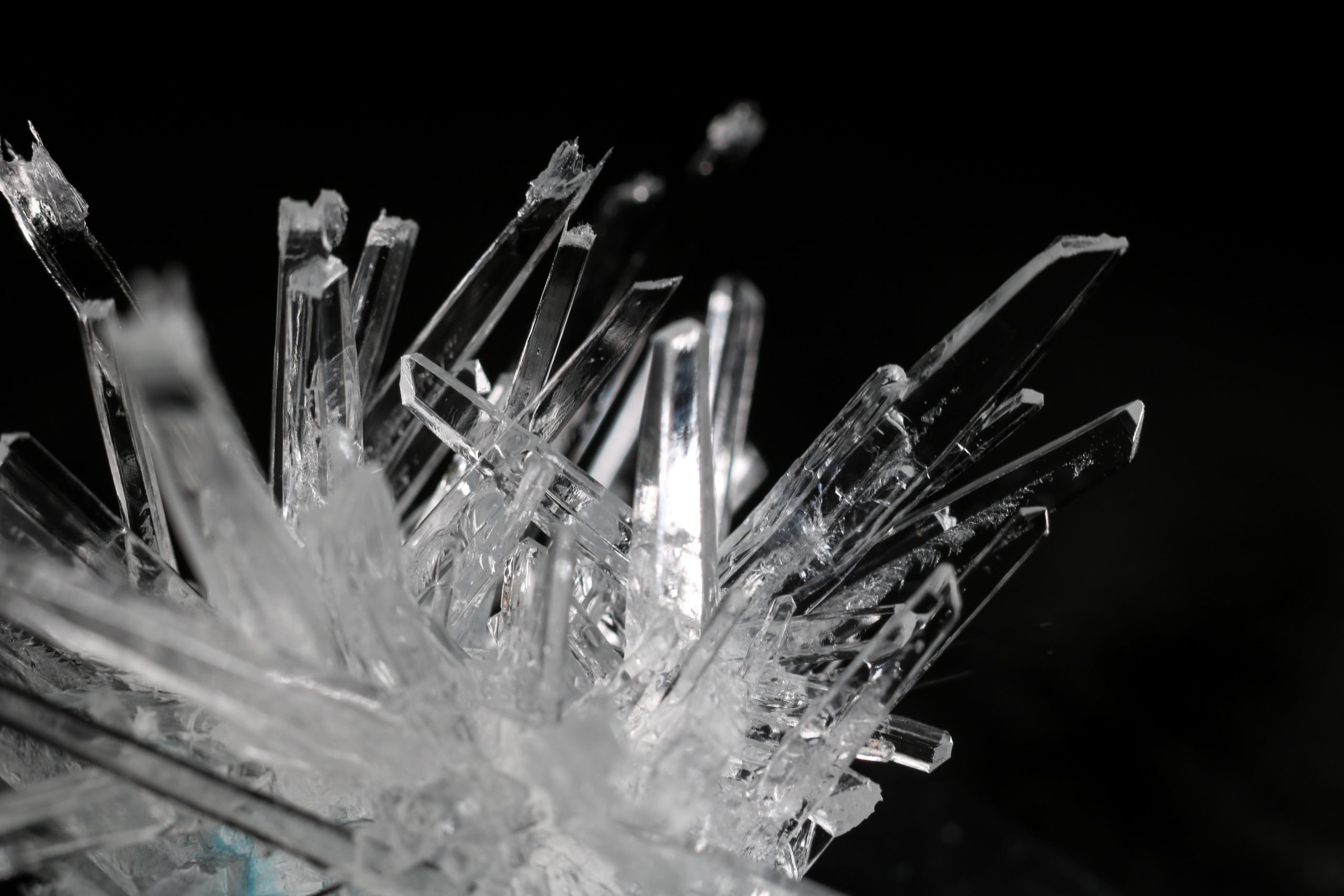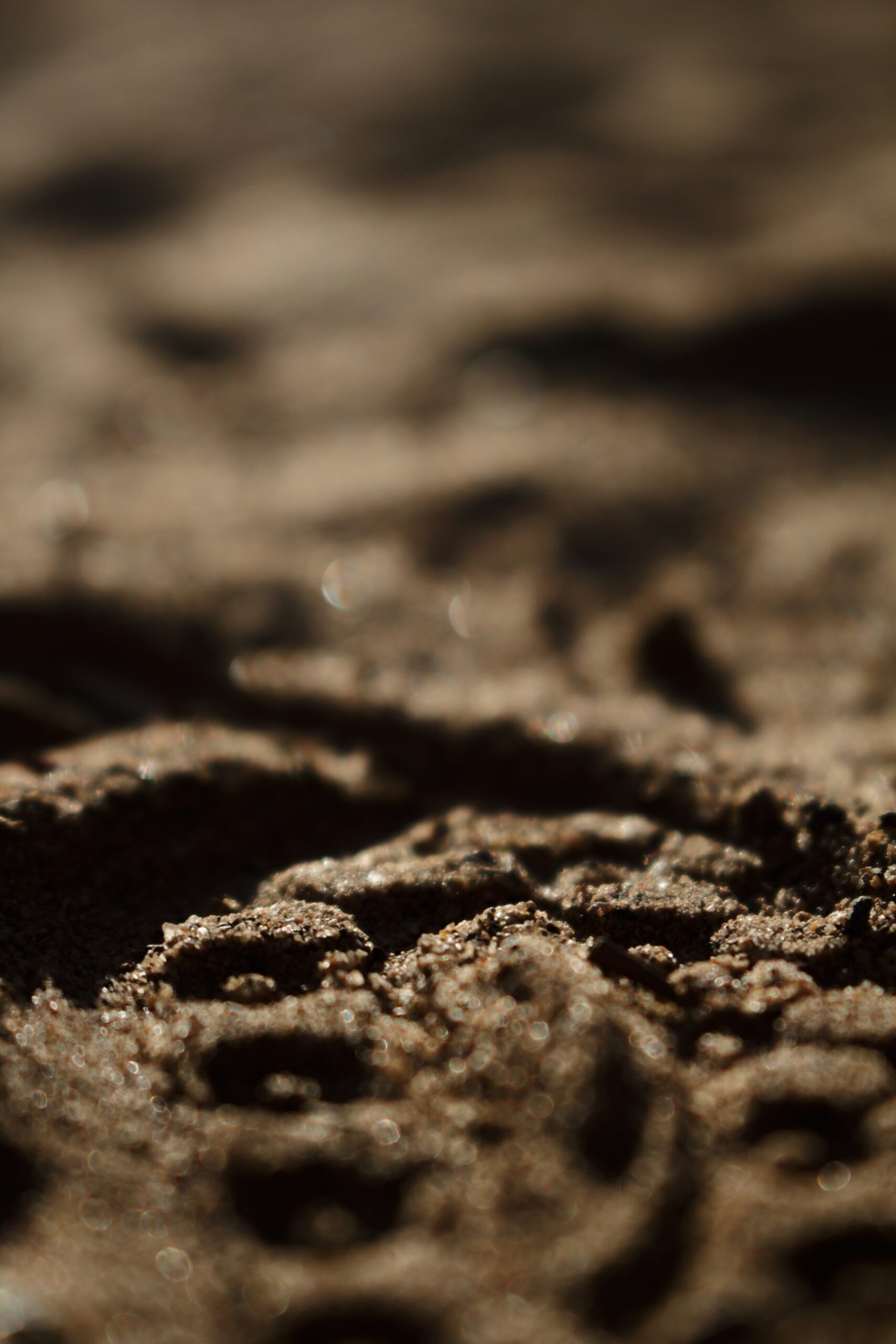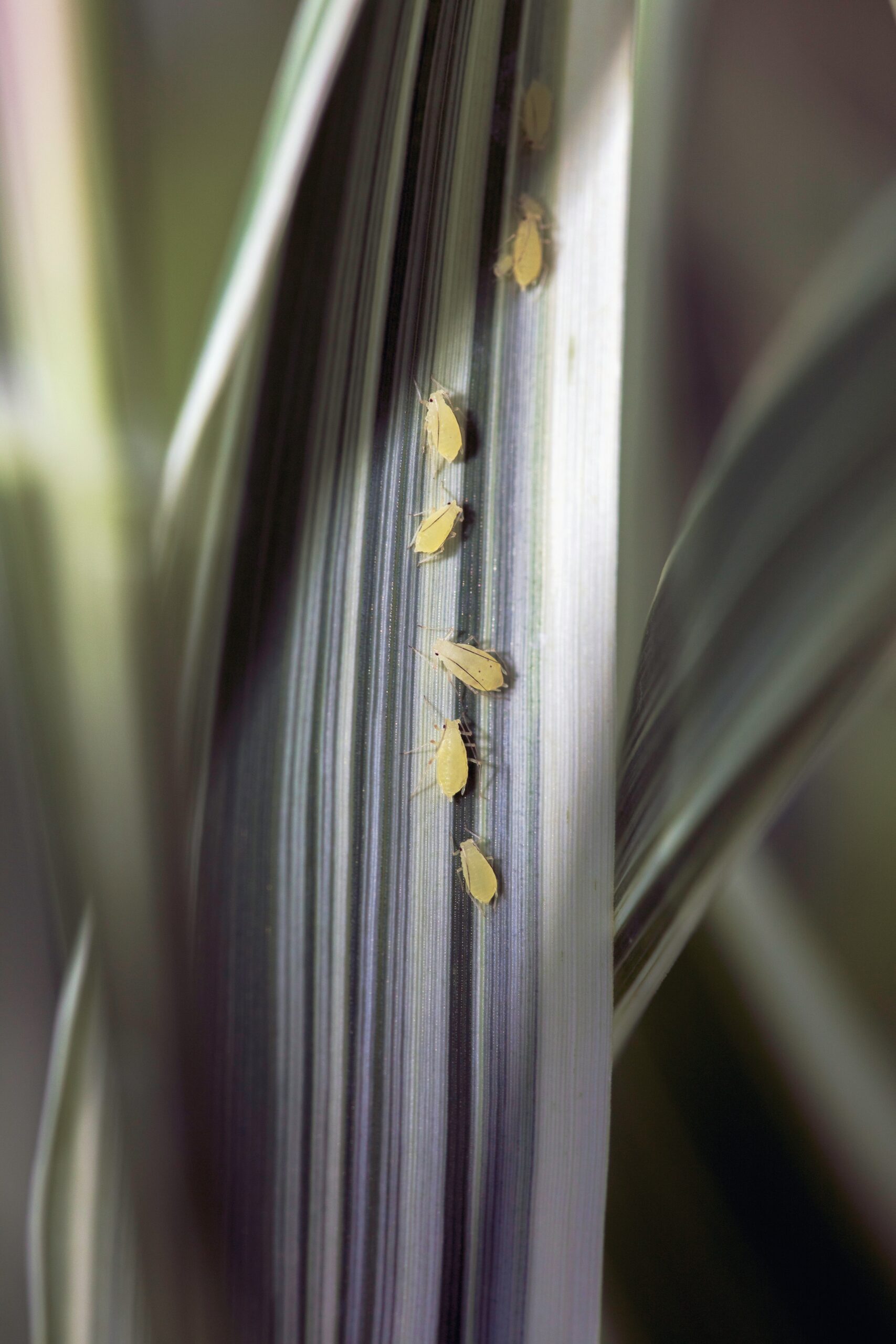What is Silica?
Silica is a form of silicon dioxide, which forms when silicon comes into contact with oxygen. It is a vital element that plants use at the cellular level to build up natural plant defenses through cell wall development. Most hydroponic formulas do not include silica because it is reactive in its pure form.
Silica is abundant in healthy soils and is a large component of plant tissue, often in higher concentrations than nitrogen and potassium – two of the three primary macro-nutrients. Although silica is vital to plant health, it is not classified as an essential nutrient for plants. As a result, it is often overlooked as an important competent of plant nutrition.
Silica strengthens cells from the inside out. Once absorbed by the roots, it’s deposited in the plant’s cell walls as a solid, rigid ‘quartz like’ matrix. This produces a structurally stronger plant with superior leaf orientation, and increased rates of chloroform and photosynthesis. Unused silica accumulates in the outer layer (epidermis) of cell walls preventing damage caused by pests and other plant stressors.
Benefits of Silica
- increases nutrient absorption and bio-availibility
- enhances plant metabolic processes
- accelerates leaf growth and strengthens plant cell structures
- reduces transpiration (loss of moisture form the leaves)
- increases resistance against Abotic Stress (i.e drought, salinity, heavy metals) and Biotic Stress (pests and diseases)
- promotes robust stems and branches
- helps the plant self-regulate internodal spacing
- improves healing rate of pruning wounds
- increases the weight and shelf life of fruit and flowers
- increases cell mass and structural integrity
- enhances the germination process and root structure under stress conditions
- increases plant tolerance to heat stress and wilting
How to use Silica
Not all forms of silica are created equal. There are several different formulations with varying degrees of solubility and availability. The two main forms of silica available to gardeners are:
- Potassium silicate
- Mono Silicic Acid
Potassium silicate is one of the most commonly available forms of silica. Potassium silicate is highly soluble but not completely bio-available, meaning it is not possible to determine how much your plants are absorbing. Potassium silicate also destabilises over time resulting in a short shelf life. Additionally, potassium silicate formulations are often quite basic, which means they increase the pH of your nutrient solution.
Mono silicic acid, also known as silicic acid acid is 100% bio-available. This allows gardeners to precisely and reliably dose their plants. Silicic acid is also more stable, allowing formulations to have a longer shelf life. Most mono silicic acid formulations will not effect the pH of your nutrient solution.
Silica should be used throughout the entire life cycle of the plant, from the clone or seedling stage up to the end of flower. SIlica based additives can be added to the nutrient solution or applied as a foliar. Always follow the dosage rates and instructions on the product label.
Glandore recommends several high quality silica additives. Specifically: PSI Mono Silicic Acid, Quantum Silica and SuperSI.







